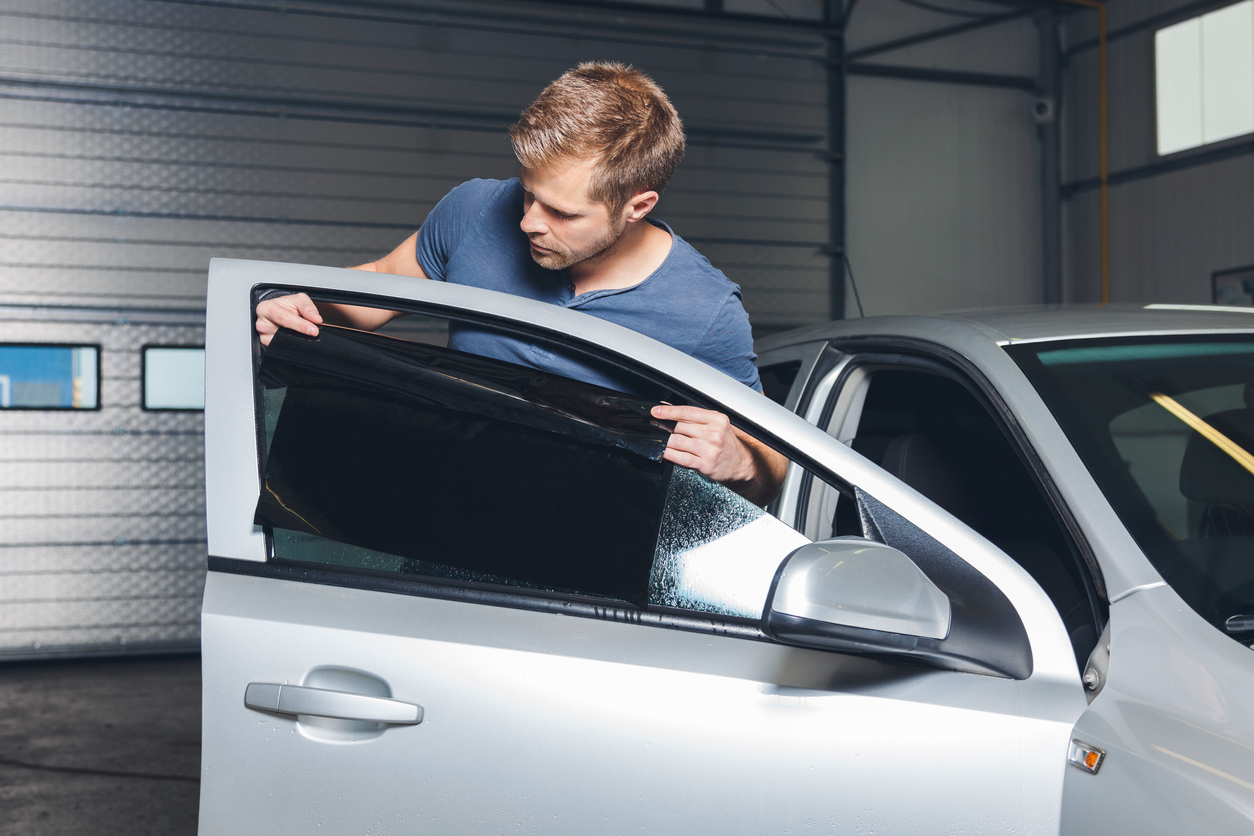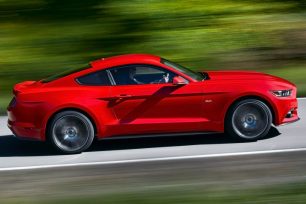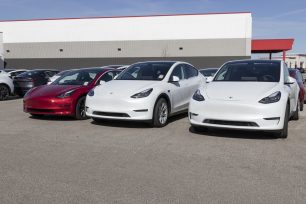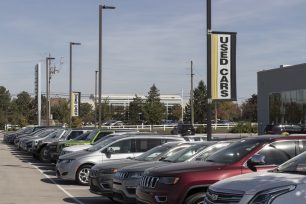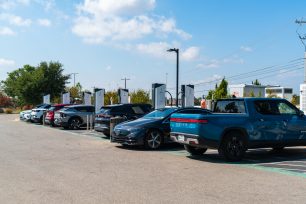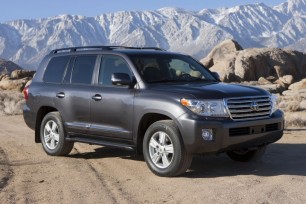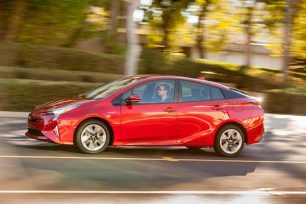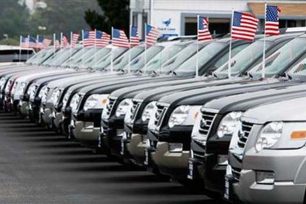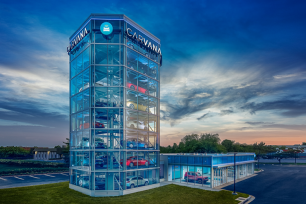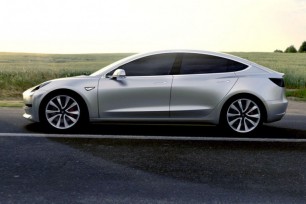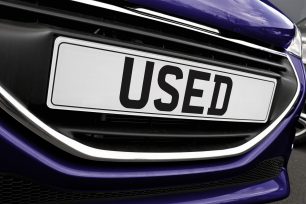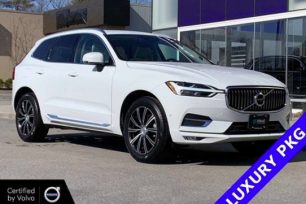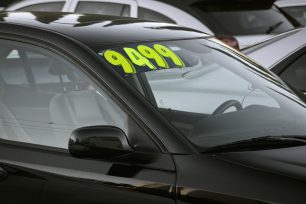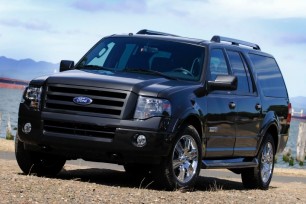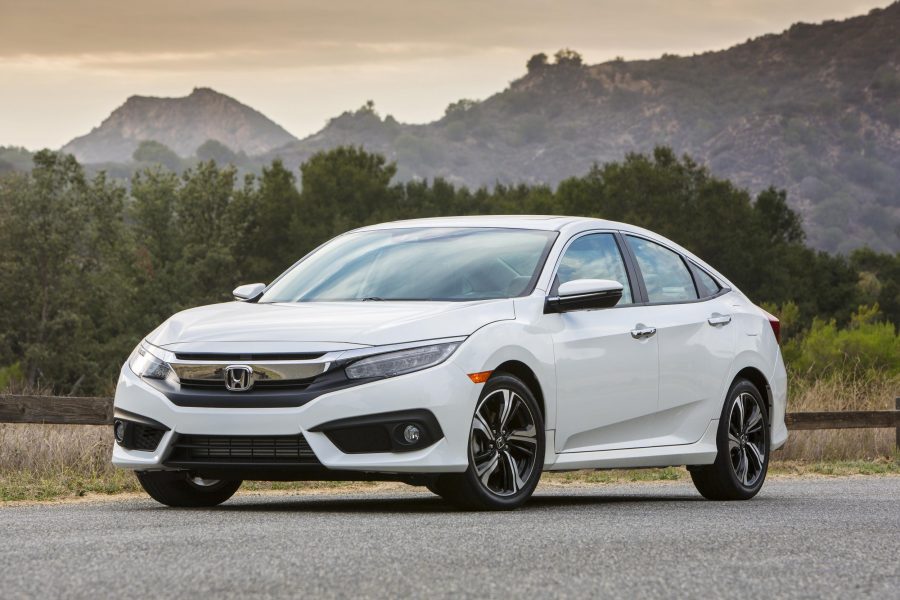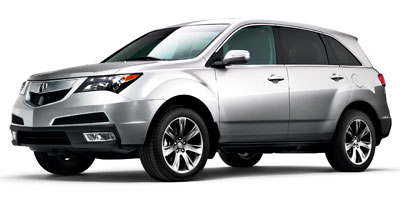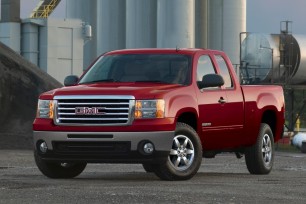Tinted windows aren’t just for aesthetics. They serve several functions that include blocking dangerous UV rays to protect passengers and reduce wear on the car’s interior materials, adding increased privacy, and keeping a car cool. What’s more is that the tinting film can act in the same manner as safety glass, keeping the window from spraying shards everywhere in the event of an accident. There are many types of window tint available, and with varying material types the cost can vary widely. If any of the above benefits of window tinting have piqued your interest, here’s a look at what it costs to tint your car’s windows and what options are available.
What is Car Window Tinting?
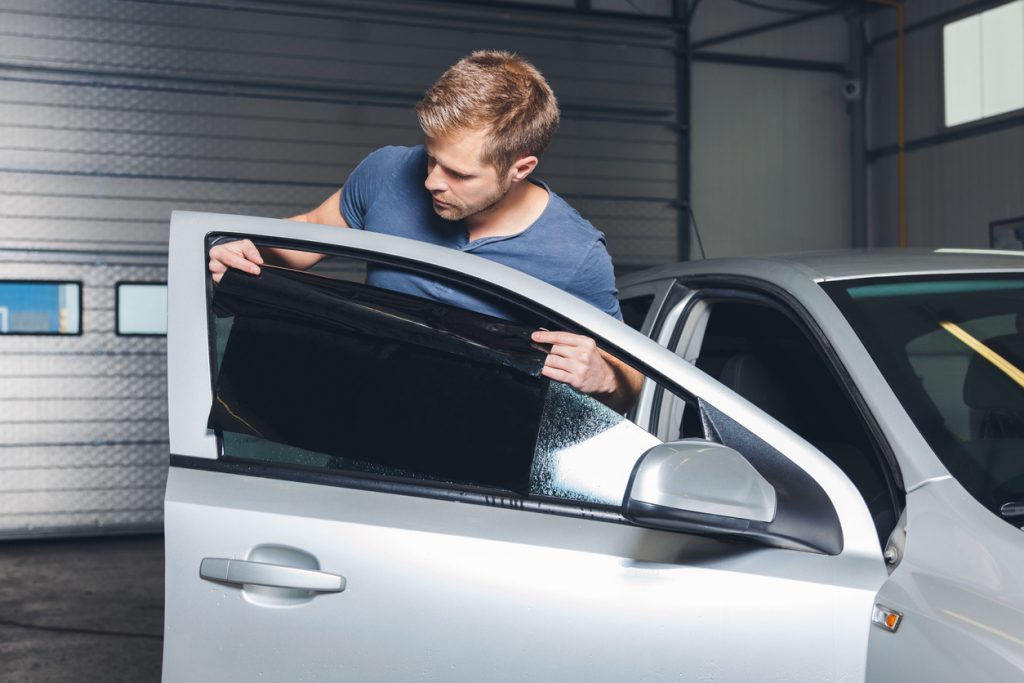 Car window tinting
is the procedure that adds a tinted transparent film or coating to the inside of a
car’s windows
. The thickness of the
window tint
and the material varies. If a
window tint
is too dark, it can hinder visibility, particularly at night. That’s why each state has
different laws
that dictate how much tinting is allowed on each window. These
window tint laws
include the percentage of light allowed in, which is also known as Visible Light Transmission. L
ocal laws
can also include how many inches of the windshield can legally be tinted. Tints can be applied at home, but professional application is recommended.
Car window tinting
is the procedure that adds a tinted transparent film or coating to the inside of a
car’s windows
. The thickness of the
window tint
and the material varies. If a
window tint
is too dark, it can hinder visibility, particularly at night. That’s why each state has
different laws
that dictate how much tinting is allowed on each window. These
window tint laws
include the percentage of light allowed in, which is also known as Visible Light Transmission. L
ocal laws
can also include how many inches of the windshield can legally be tinted. Tints can be applied at home, but professional application is recommended.
How Does Window Tint Installation Work?
The first step of the window tinting process is to clean and prep your windows. Next, a thin sheet of tinting film is cut to perfectly fit the window, applied using a bonding agent, and smoothed out with a squeegee to eliminate wrinkles or bubbles. Lastly, the applicator will trim the edges of the dyed film in order to provide a perfect fit.Which Windows Are Tinted?
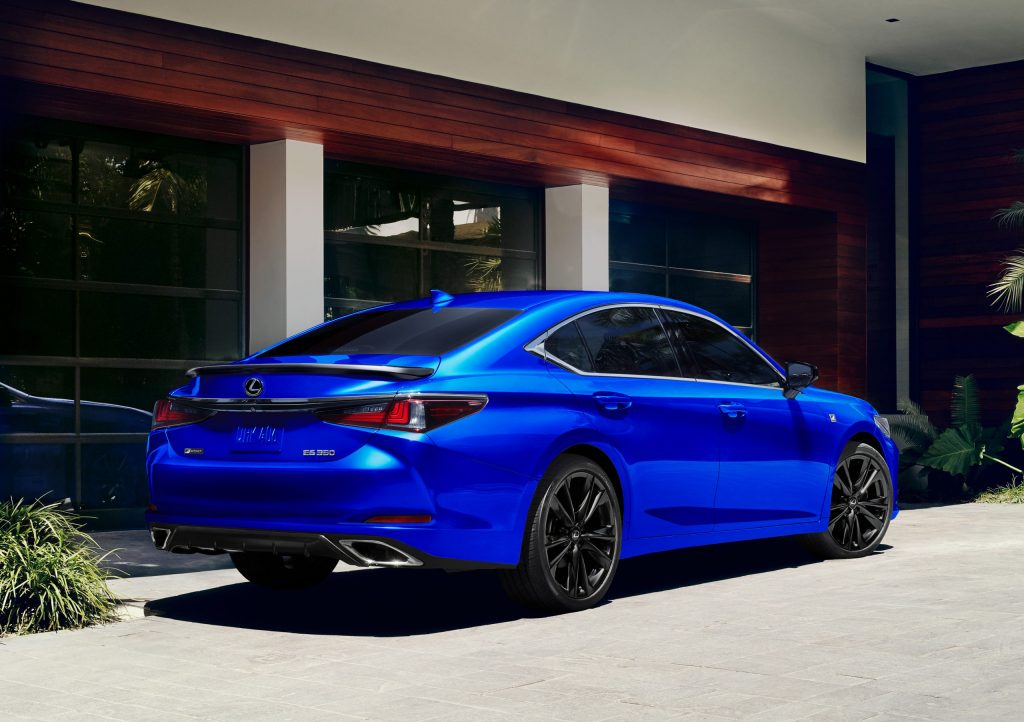
A basic tinting job should cover every window of the vehicle except the sunroof (if applicable) and the windshield. This means all side windows, including the triangle windows, and the rear window. The average price should reflect parts and labor to tint all of these windows. It should also include a minimum of a one-year warranty against bubbling, cracking, and peeling. However, some films come with a lifetime warranty.
Can I Tint My Car Windows Myself?
When it comes to tinting your car windows , you can do-it-yourself . It is not advisable, however, unless you are incredibly experienced because of the skill required to do it properly. It may sound easy to cut and paste plastic film on your vehicle’s windows , but the process is complicated and requires great precision. DIY tint kits can be found online and at auto parts stores, and generally cost less than $100, but require a great deal of focus and patience.Types of Window Tinting
There are five main types of auto window tinting, which include:Dyed
Dyed window tinting includes several layers of dyed film to absorb sunlight. The dye can be adjusted based on your preferred level of darkness. Dyed tint is the most affordable and popular type of window tint. While it is the preferred method, it does not provide the maximum level of UV protection compared to other types.
Metalized
Metalized tints contain metal particles that use reflection to keep out sunlight. This type of window tint also strengthens windows, which makes them less likely to shatter in the event of an accident. The metal particles of the metalized film also make windows look more shiny. One drawback to metalized window tinting is that it can interfere with GPS signals.
Hybrid
Hybrid window tints combine dyed and metal particles. They are higher-quality than standard dyes. They do not provide as much radio interference as metalized tints and are not as shiny.
Carbon
Carbon window tints are comprised of carbon fiber particles. They are more effective than metalized or dyed tints at blocking the sun’s UV rays. It also insulates the car and reduces heat by about 40 percent. Carbon tinting is expensive and you will pay a premium for its durability and the fact that it won’t fade over time.
Ceramic
Ceramic tint is the most effective of all window tint types and blocks more than 99 percent of UV rays. This quality comes at a cost, as ceramic window tints are the most expensive. Because ceramic particles have strong heat rejection properties, they provide the same level of sunlight reflection while also adding insulation. High-quality ceramic window tints reduce a vehicle’s internal temperature by around half. Ceramic films are also shatter-proof and don’t require as dark of a tint as other types.
How Much Does Car Window Tinting Cost?
There are several brands and types of tint which can also affect window tinting prices , but the average tinting for a passenger car is in the range of $250 to $600 for standard, non-reflective film. For high-performance ceramic or metallic film , it can cost upwards of $800. The type of vehicle also plays a role. Trucks have fewer windows, so they are slightly cheaper at an average of $350. SUVs and minivans are the most expensive due to their number of windows and window height. The range for these vehicles are $250-$750. Coupes have large slanted back windows, which make them more expensive than sedans and are generally $200-$600. Remember, find a reputable tint shop that offers a decent warranty for their window tinting services . Some window tint films offer a lifetime warranty , while others have a shorter warranty term. This isn’t one of those expenses you want to revisit every year.Bottom Line
It’s a common misconception that window tinting is illegal. If you are interested in tinting your windows, whether it’s simply for aesthetics or to protect your interior, it is legal as long as you follow your state’s laws. If you are reselling your car after tinting your windows, keep in mind that it could impact resale value. Coupe buyers may appreciate tinted windows, while sedan or SUV drivers may not. As such, you may not recoup what you paid for the service when it comes time to sell.More from iSeeCars:
- How Much Does It Cost to Replace a Windshield?
- What’s the Cost to Replace Brakes and Rotors?
- How Much Does it Cost to Replace a Car Door?

